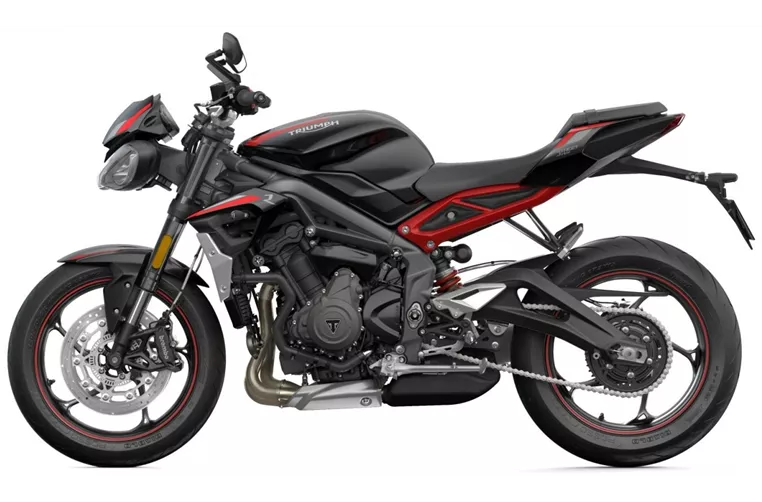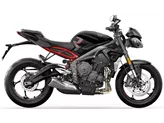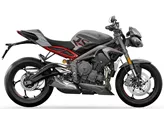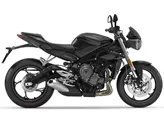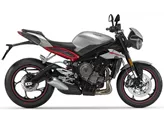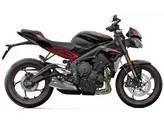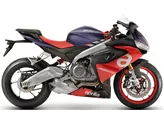Kawasaki Z 800 2013 vs. Triumph Street Triple 765 R 2020

Kawasaki Z 800 2013
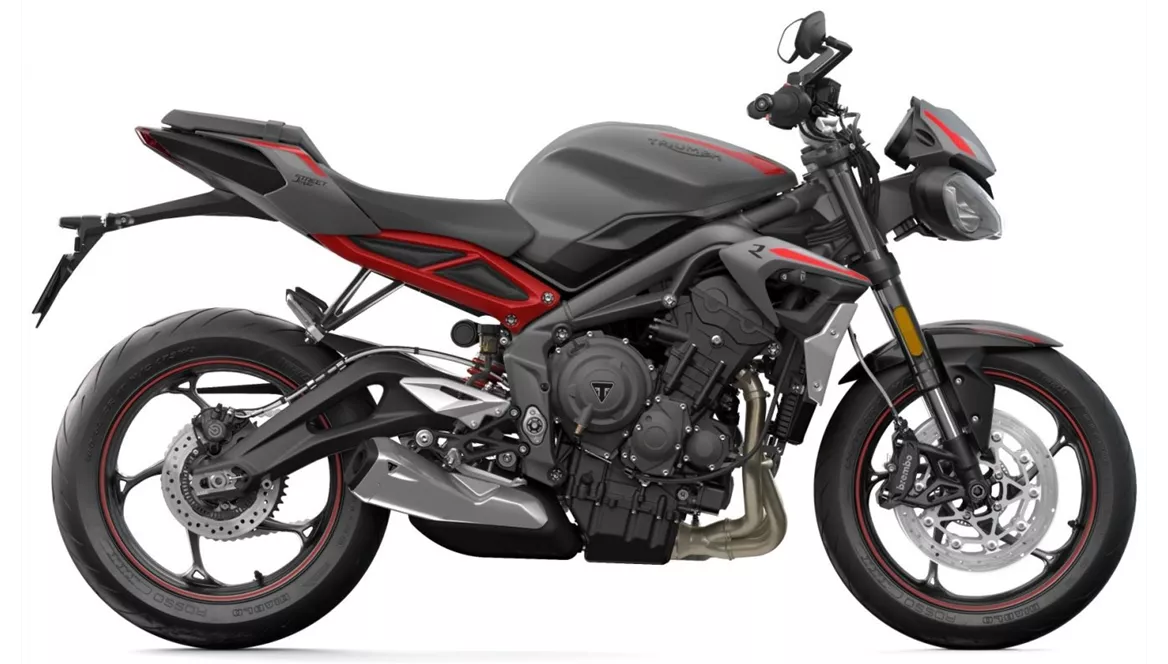
Triumph Street Triple 765 R 2020
Overview - Kawasaki Z 800 2013 vs Triumph Street Triple 765 R 2020
The Kawasaki Z 800 2013 and the Triumph Street Triple 765 R 2020 are both naked bikes that offer a thrilling riding experience. However, they have several differences in terms of their technical specifications and strengths.
Starting with the engine and drive train, both bikes have in-line engines with liquid cooling. The Kawasaki Z 800 2013 has a slightly lower engine power of 113 HP compared to the Triumph Street Triple 765 R 2020, which has 118 HP. However, the Z 800 has a higher torque of 83 Nm compared to the Street Triple's 77 Nm. The Z 800 has four cylinders and a displacement of 806 ccm, while the Street Triple has three cylinders and a displacement of 765 ccm.
In terms of suspension, both bikes feature upside-down telescopic forks at the front. However, the Triumph Street Triple 765 R 2020 offers more adjustability with compression, preload, and rebound adjustments for both the front and rear suspension. The Kawasaki Z 800 2013 only has rebound adjustment for both the front and rear suspension.

Kawasaki Z 800 2013
When it comes to the chassis, the Kawasaki Z 800 2013 has a steel frame with a double cradle design, while the Triumph Street Triple 765 R 2020 features an aluminum frame with a twin-tube design. The Street Triple's frame is lighter and offers better handling and maneuverability.
Both bikes have double disk brakes at the front with four pistons. However, the Triumph Street Triple 765 R 2020 has radial, monoblock technology for its front brakes, which provides better braking performance compared to the Kawasaki Z 800 2013's petal technology.
In terms of dimensions and weights, both bikes have the same front and rear tire widths and diameters. However, the Kawasaki Z 800 2013 has a slightly longer wheelbase of 1445 mm compared to the Street Triple's 1405 mm. The seat height of the Street Triple is also lower at 825 mm compared to the Z 800's 834 mm. Both bikes have a similar fuel tank capacity, with the Street Triple having a slightly larger capacity of 17.4 liters.
In terms of strengths, the Kawasaki Z 800 2013 has an eye-catching, chunky look and offers confident acceleration. It also has relaxed geometry and powerful brakes, providing a comfortable and exhilarating riding experience.
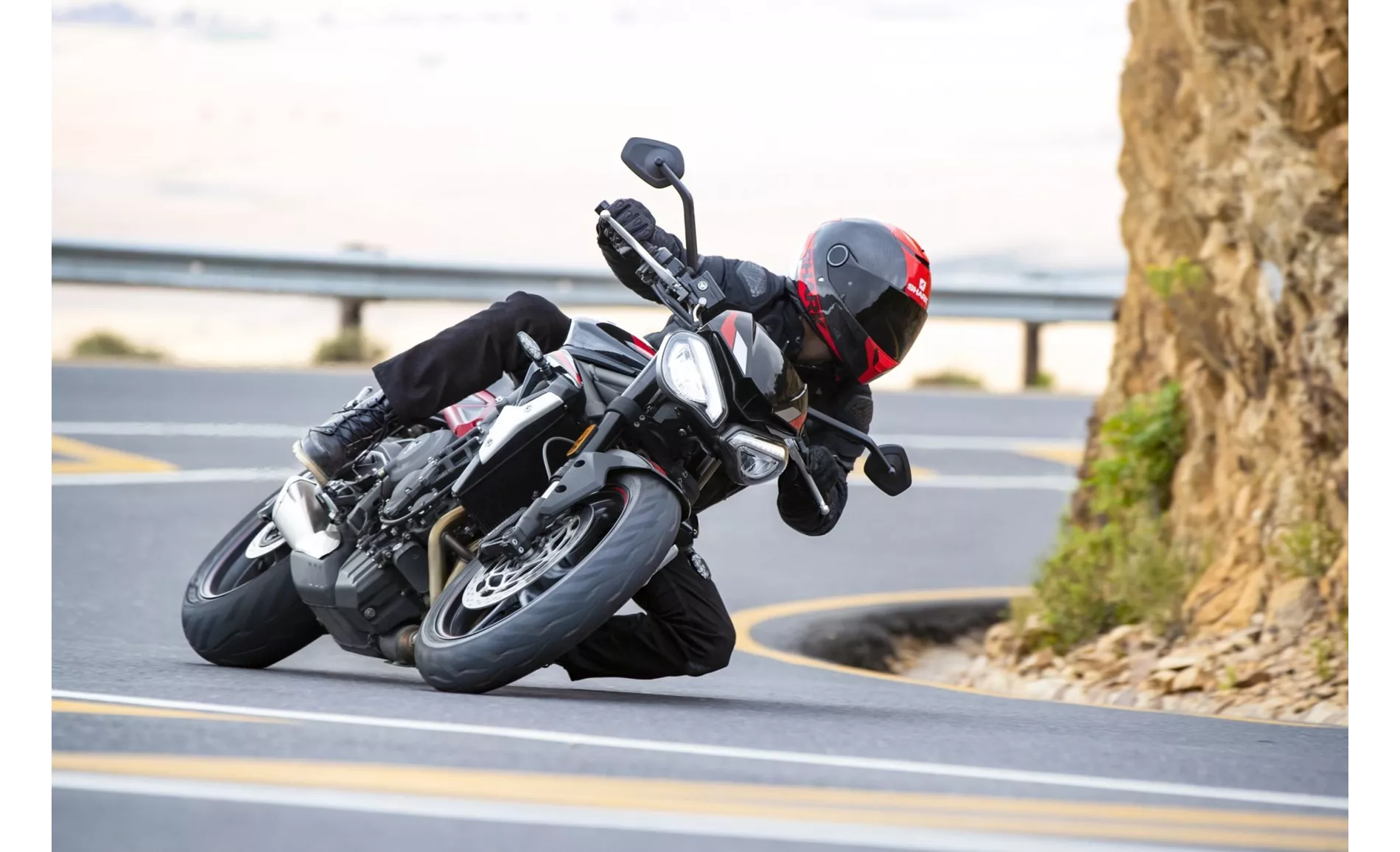
Triumph Street Triple 765 R 2020
On the other hand, the Triumph Street Triple 765 R 2020 has a wide usable rev range and an active seating position, allowing for a more engaging and dynamic riding experience. It also offers high stability and has a great gearbox with a shift assistant, making gear changes smooth and effortless. The Street Triple's first-class chassis provides excellent handling and control.
However, both bikes have their weaknesses. The Kawasaki Z 800 2013 has limited freedom of movement for the legs, which may affect rider comfort on longer rides. The Triumph Street Triple 765 R 2020's traction control regulates early, which may limit the bike's performance in certain situations. Additionally, the Street Triple's seat has little grip, which may cause discomfort during aggressive riding, and its display is considered outdated compared to newer models.
In conclusion, while both the Kawasaki Z 800 2013 and the Triumph Street Triple 765 R 2020 are powerful naked bikes, they have distinct differences in terms of their technical specifications and strengths. The Z 800 offers a confident and exhilarating riding experience with its eye-catching design and powerful brakes, while the Street Triple provides a more dynamic and engaging ride with its wide usable rev range and first-class chassis.
Technical Specifications Kawasaki Z 800 2013 compared to Triumph Street Triple 765 R 2020
Pros and Cons in comparison
Pros and Cons in comparison
Kawasaki Z 800 2013

Overall, the Z800 delivered a sensational performance. Considering the fact that nothing was changed or optimised on the vehicle apart from the Remus rear silencer, a super final result.
Triumph Street Triple 765 R 2020
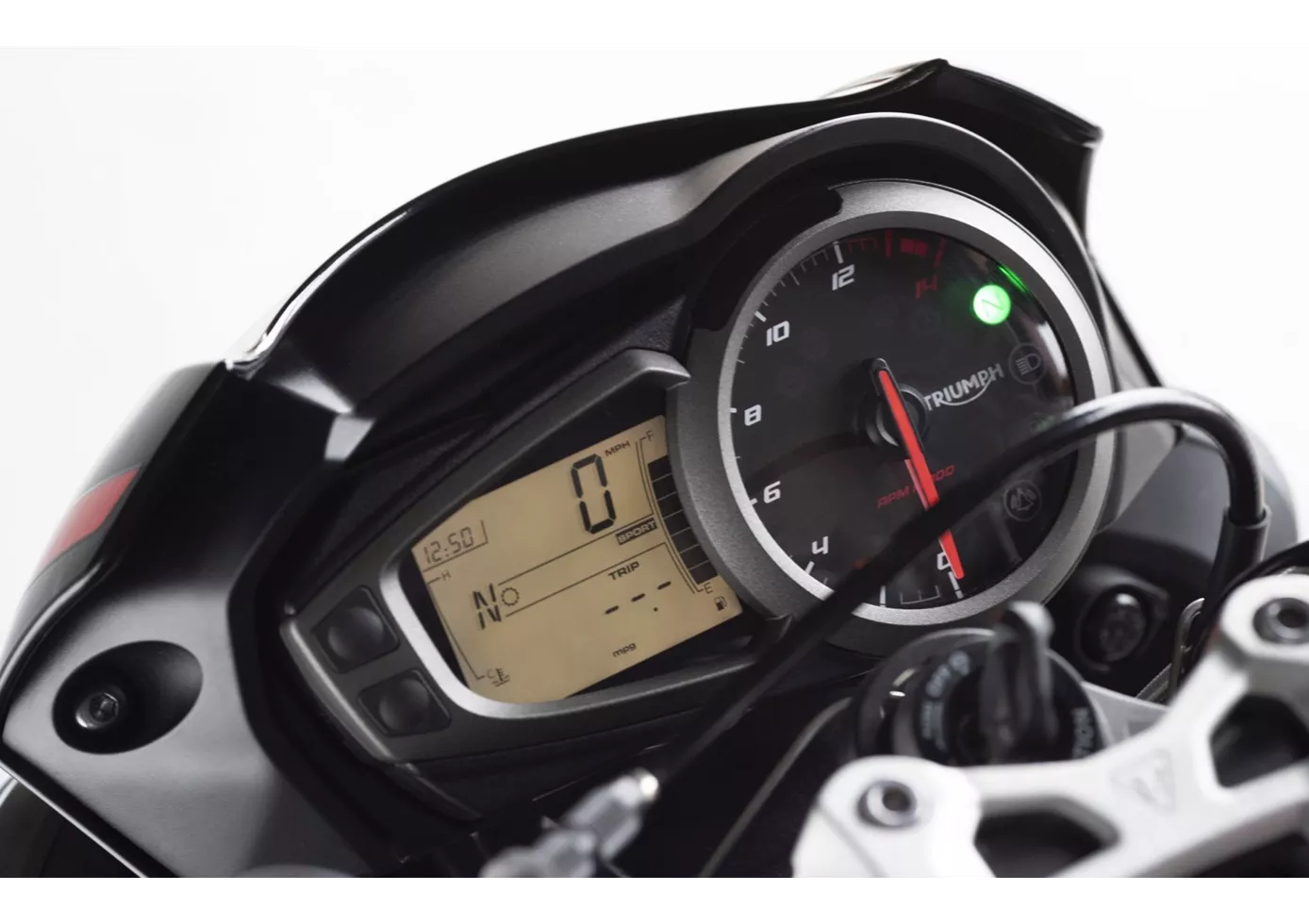
The Street Triple R is well equipped for the occasional track day and delivers good performance. This is where the lively three-cylinder engine really comes into its own. But the agile Triumph is also great fun on country roads, as long as you keep it revved up. All in all, the clear price-performance winner of the Street Triple range.
Price Comparison Avarage Market Price Kawasaki Z 800 vs Triumph Street Triple 765 R
There are a few key differences between a Kawasaki Z 800 2013 and a Triumph Street Triple 765 R 2020. There are the same number of bikes of both models available on the 1000PS.de marketplace, specifically 7. It takes less time to sell a Kawasaki Z 800 with 56 days compared to 69 days for a Triumph Street Triple 765 R. Since model year 2013 1000PS.de editors have written 11 reviews for the Kawasaki Z 800 and 15 reviews for the Triumph Street Triple 765 R since model year 2017. The first review for the Kawasaki Z 800 was published on 9/6/2012 and now has more than 8,100 views. This compares to more than 58,400 views for the first review on Triumph Street Triple 765 R published on 1/10/2017.

